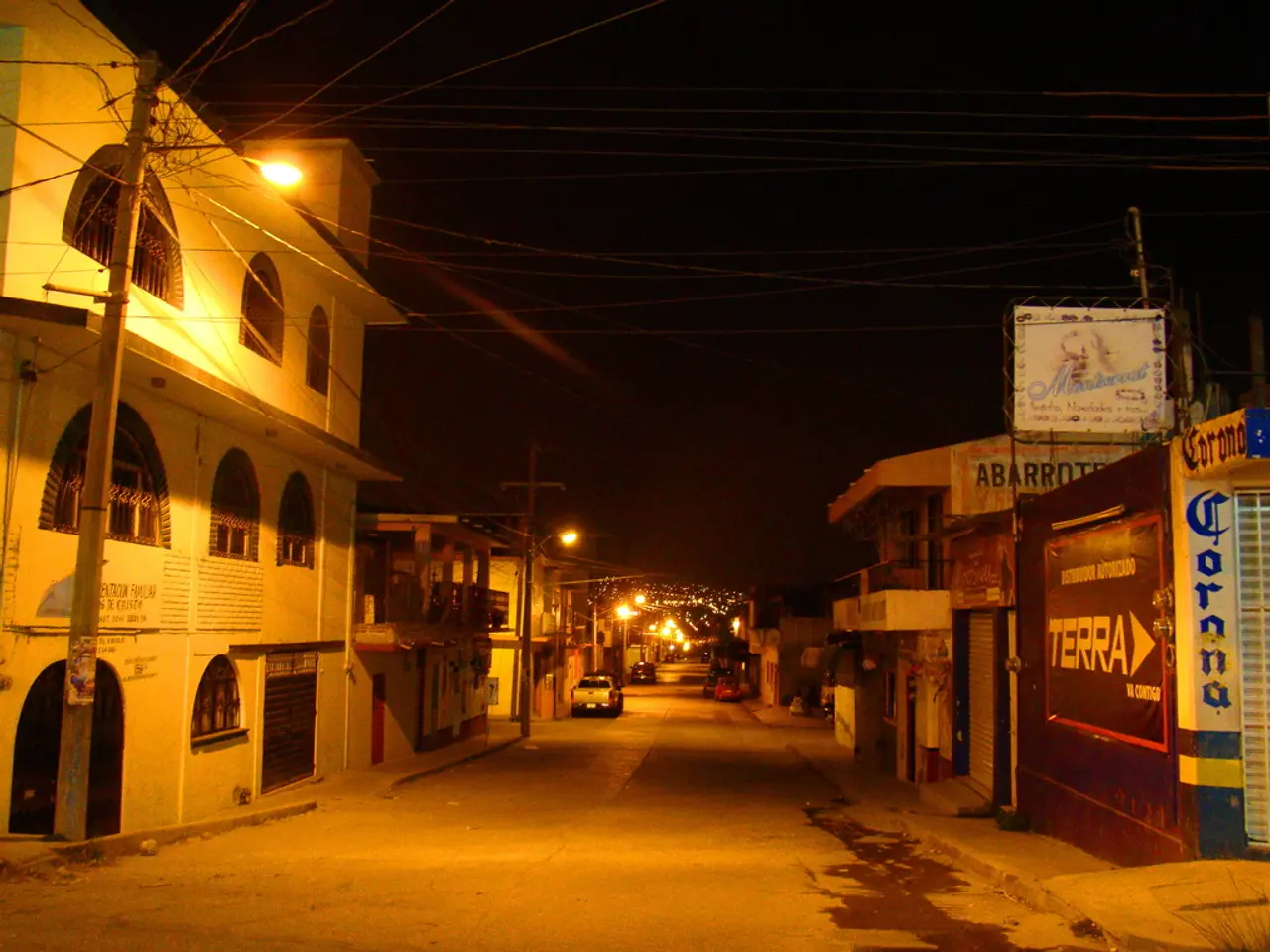FEDERAL ENERGY REGULATORY COMMISSION (FERC) Witnesses Commissioner Christie's departure, leaving the agency with a reduced crew of three members
Shifting Landscape at the Federal Energy Regulatory Commission
The Federal Energy Regulatory Commission (FERC) is experiencing significant changes, with the traditional reliance on large power plants giving way to a model that incorporates distributed energy resources such as rooftop solar, battery storage, and electric vehicles.
One of the key developments is the resignation of Mark Christie, the FERC chairman, who stepped down from his position following comments from President Trump indicating he would not renominate Christie. David Rosner, who had been serving as interim FERC chair since August 8, 2025, is expected to continue as chairman following Christie’s resignation, with President Trump officially naming Rosner as FERC chair on August 13, 2025.
FERC now has three sitting commissioners, ensuring a quorum needed to issue orders. The nominations of Laura Swett and David LaCerte, who have been nominated to fill the two empty seats at the FERC, are currently pending Senate approval. The process for clearing these nominations may not be completed until late this year.
During his tenure at FERC, Mark Christie warned of a potential grid reliability crisis partly driven by retiring power plants. In November, FERC Commissioner James See joined Christie in voting against an amended interconnection service agreement that would have facilitated expanded power sales to a co-located Amazon data center from the Susquehanna nuclear power plant in Pennsylvania. FERC Commissioner Richard Glick and Commissioner Allison C. Clements did not participate in the case.
The White House may be doubling down on data center co-location at power plants, a decision that has sparked controversy and raised concerns about grid reliability. FERC is currently considering colocation policy options for the PJM Interconnection.
Before joining FERC, Mark Christie was a member of the Virginia State Corporation Commission for nearly 17 years. He joined the FERC in January 2021, after being nominated by President Donald Trump. President Trump decided against tapping Christie for a second five-year term as the FERC chairman.
Former FERC Chairman Neil Chatterjee suggested that the decision to select Rosner as interim chairman could be related to the issue of colocating data centers at power plants. FERC Commissioner David Rosner received an unusually high level of support from Republicans during his Senate confirmation process.
The nominations of Laura Swett and David LaCerte must be cleared by the Senate Energy and Natural Resources Committee and the full Senate. Remaining commissioners may have conflicts from their previous work that could prevent them from participating in certain cases, which would prevent votes on them until at least one of the agency’s two empty seats are filled.
As the energy landscape continues to evolve, the FERC's new leadership will play a crucial role in shaping the nation's energy future.
- The Evolution of Energy Landscape and FERC Policy: The nominations of Laura Swett and David LaCerte, currently pending Senate approval, will influence the policy-and-legislation of the Federal Energy Regulatory Commission (FERC) as it navigates the energy industry's shifting landscape.
- The Impact of Politics on FERC: The White House's stance on data center co-location at power plants, a decision that has raised concerns about grid reliability, and the potential conflicts of interest among remaining commissioners, underline the presence of politics in shaping FERC's general-news and energy regulation.
- The Role of Finance and Energy in FERC: As the energy landscape continues to evolve, the FERC's new leadership, including David Rosner who is expected to continue as FERC chair, will play a pivotal role in balancing finance and energy considerations to secure the nation's future energy security and stability.




